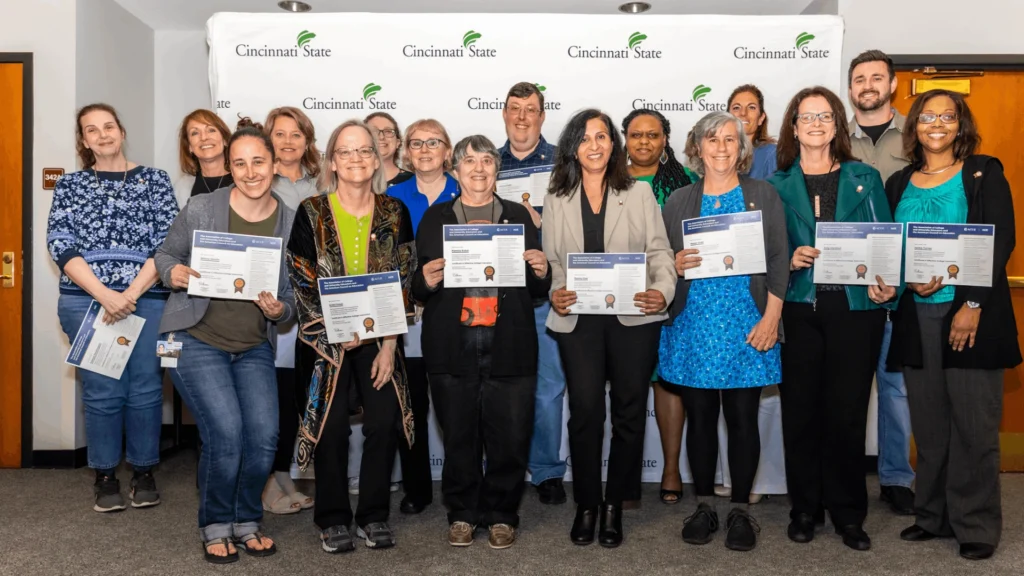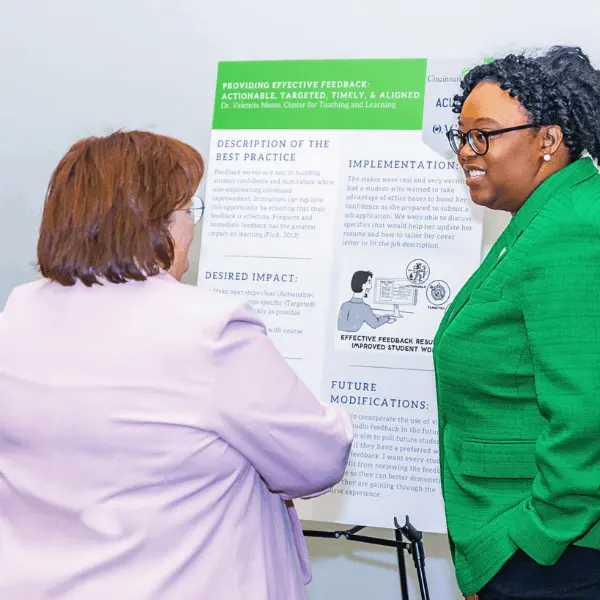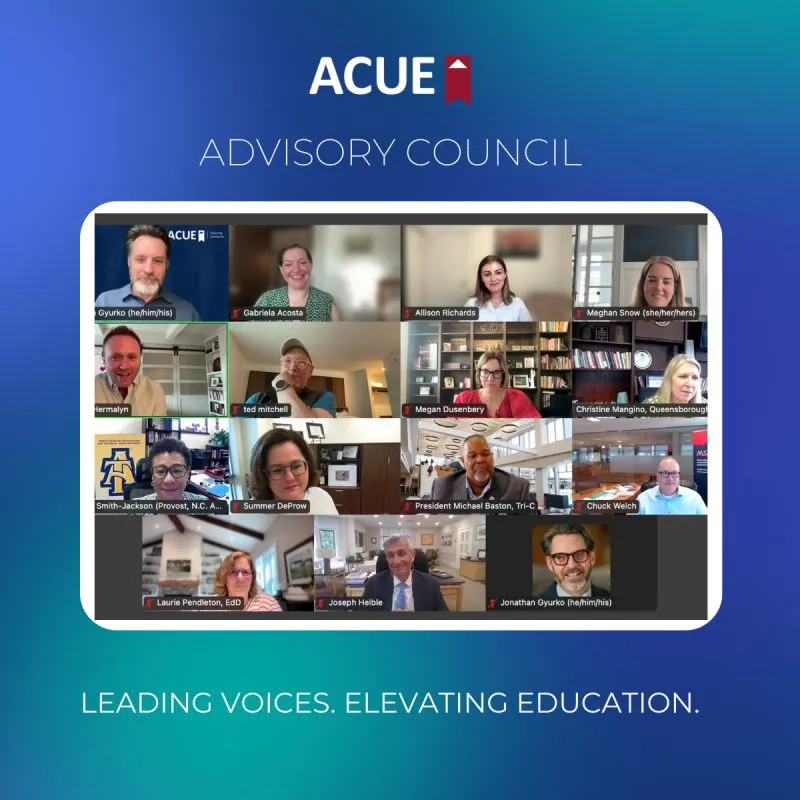Faculty members serve as the pillars supporting higher ed institutions. Their contributions extend far beyond the classroom—shaping minds, fostering critical thinking, and ensuring that students succeed. They play the single most important role in ensuring student success, but are sometimes overlooked when it comes to an institution’s long list of priorities.
In some cases, faculty find themselves navigating solitary paths and grappling with challenges alone. But when faculty are given the support to break down silos, the connections they make with one another are incredibly impactful. Fostering a sense of community amongst higher education faculty is crucial, benefiting the institution as a whole through collaboration, camaraderie, and collective growth.
Here are some of the benefits your institution could provide faculty with by implementing a community.
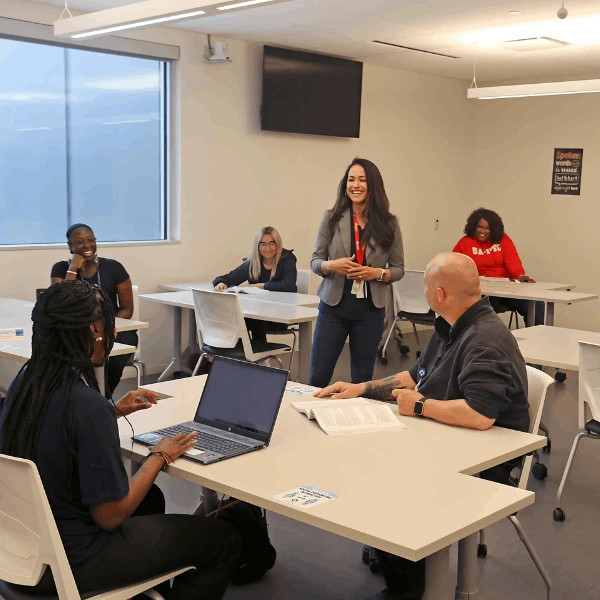
Propel Confidence
Increase Self-Efficacy Through Community
Faculty understand the challenges their colleagues face, and fostering a sense of community on campus promotes confidence and well-being through connection. Those who have completed high-quality professional development to enhance their teaching can serve as mentors for colleagues. When faculty engage in communities of practice as part of professional development, they have increased self-efficacy and a stronger sense of teacher-scholar identity (Gast et al., 2017; Hoyert & O’Dell, 2019).
Building a sense of community involves bridging gaps between departments and disciplines to foster confidence and enthusiasm among instructors. Through active engagement with a supportive community of like-minded and experienced peers, faculty members can discover newfound excitement and fulfillment in their work. This journey nurtures a growth mindset and brings joy to teaching.
Sync Up
Professional Networking
Networking plays a crucial role in academia, with many fellow faculty members wanting to connect with, learn from, and grow alongside one another.
A plethora of networking opportunities exist, both in person and online. Engaging in focus groups, conferences, and collaborative projects empowers faculty to refine their skills, broaden their knowledge base, and elevate their teaching prowess. These interactions not only bolster practical expertise but also enrich a resume portfolio, offering tangible and hands-on growth opportunities.
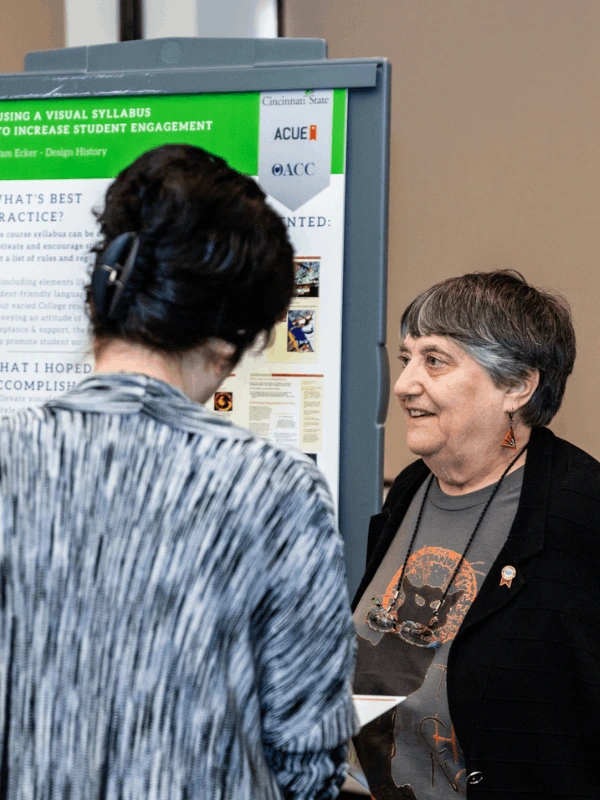
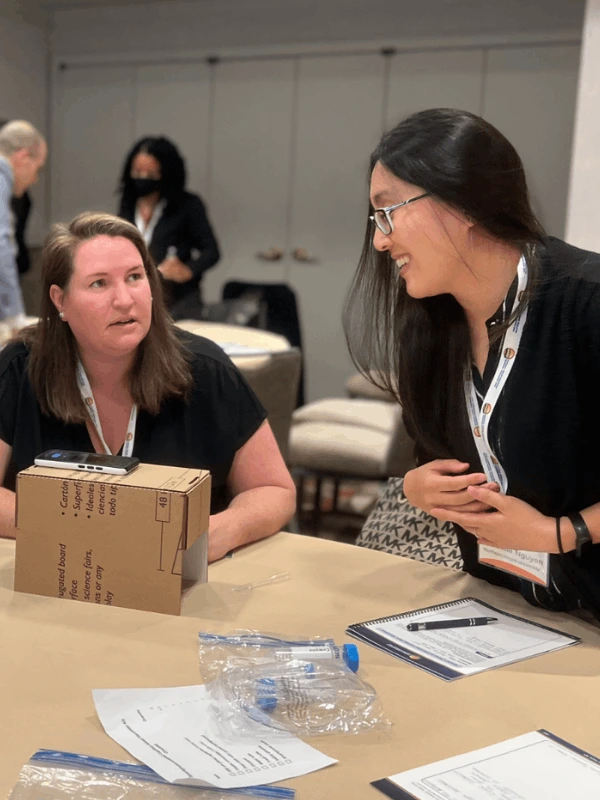
Promote Collaboration
Resource Sharing
While faculty are experts in their subject matter, they are not always provided with support on how to teach effectively or develop course materials. A community is a place where faculty can share practices, outcomes of implemented practices, and resources that foster effective learning in their courses. Faculty can save time and effort by building upon existing materials rather than starting from scratch, freeing up space in their workload to do what matters—teaching and engaging their students.
In a community, faculty foster a culture of resource sharing, promoting collaboration among colleagues who exchange lesson plans, class structures, teaching techniques, assessments, and more! These collective efforts refine course materials, enhance teaching and learning, and foster professional growth, ensuring that faculty and their students are set up for success.
Tear It Down
Eliminate Silos on Campus With Community
Building a sense of community on campus is essential for facilitating connections among faculty and breaking down silos. Often, even though they share similar experiences and challenges, faculty members don’t have many opportunities to interact with their colleagues from other departments or schools.
Faculty may not have as much scheduled time with their colleagues as they do with their students. Providing them with a dedicated platform and space to connect with fellow faculty members can lead to unexpected opportunities and growth. This sense of community offers a practical avenue for busy faculty members—who are tasked with doing more with less—to connect with other instructors on campus dealing with the same student body and administrative pressures.
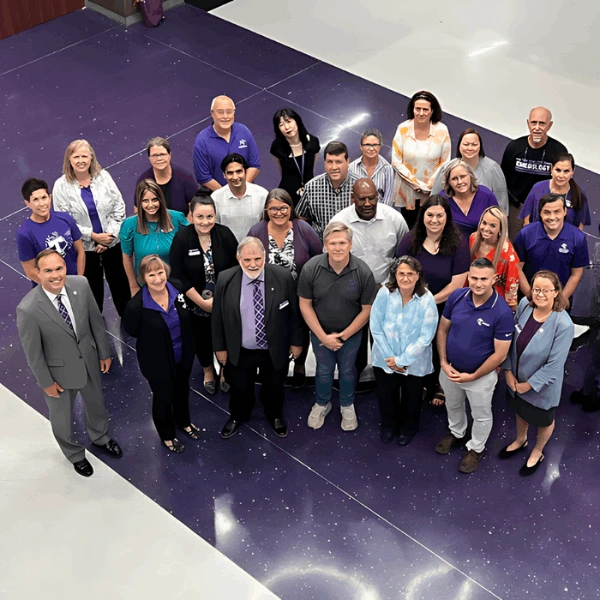
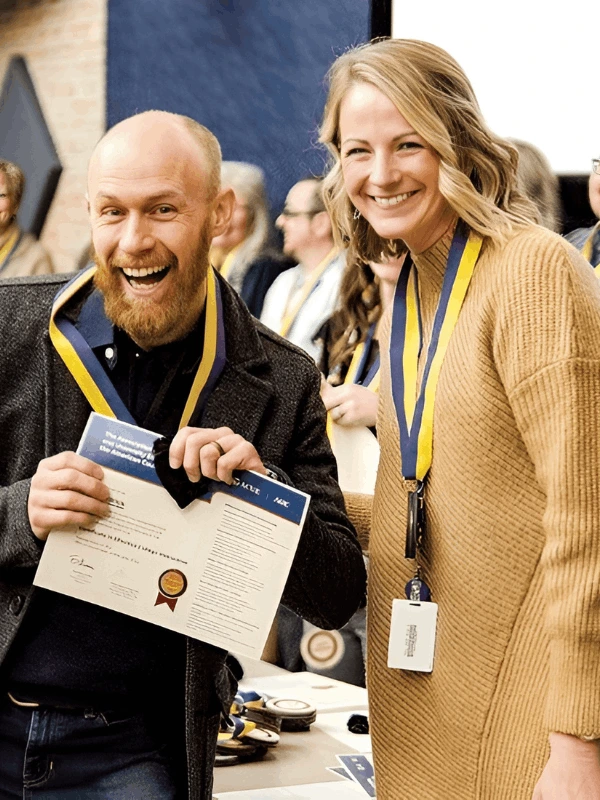
Keep Them Happy
Retention and Recruitment of Faculty Through Community
Effective faculty are pivotal to your institution’s success, not only in retaining more students and enhancing grades but also in actively addressing and reducing equity gaps.
Community building serves as a valuable resource for keeping faculty engaged and happy. Providing faculty with a space to connect with peers and enhance their teaching skills can significantly improve their well-being and overall job satisfaction.
Happy faculty contribute to their institution’s success as it works to distinguish itself. And, in turn, the institution can become not only a destination for students but also a destination for faculty where they can grow and thrive for years to come.
Start Building a Culture of Great Teaching Today
By fostering community amongst faculty, more students succeed.
Over the years, the Association of College and University Educators (ACUE), a leading provider of high-quality faculty development endorsed by the American Council on Education (ACE), has helped over 550 institutions support great teaching and develop a sense of community on campus between faculty.
Based on the feedback we’ve heard from course-takers and campus leaders, we know that the sense of community fostered among ACUE faculty is one of the most valuable aspects of an ACUE partnership.
Connect with us to talk about how our turnkey solutions for faculty development can not only be your trusted provider of cutting-edge content but bring your faculty together, propel them forward, and showcase your institution as a leader in teaching and learning.
